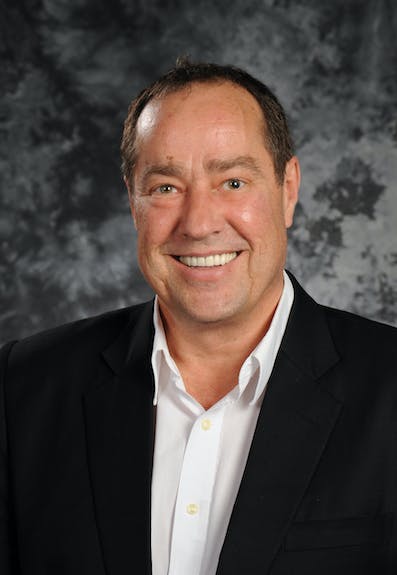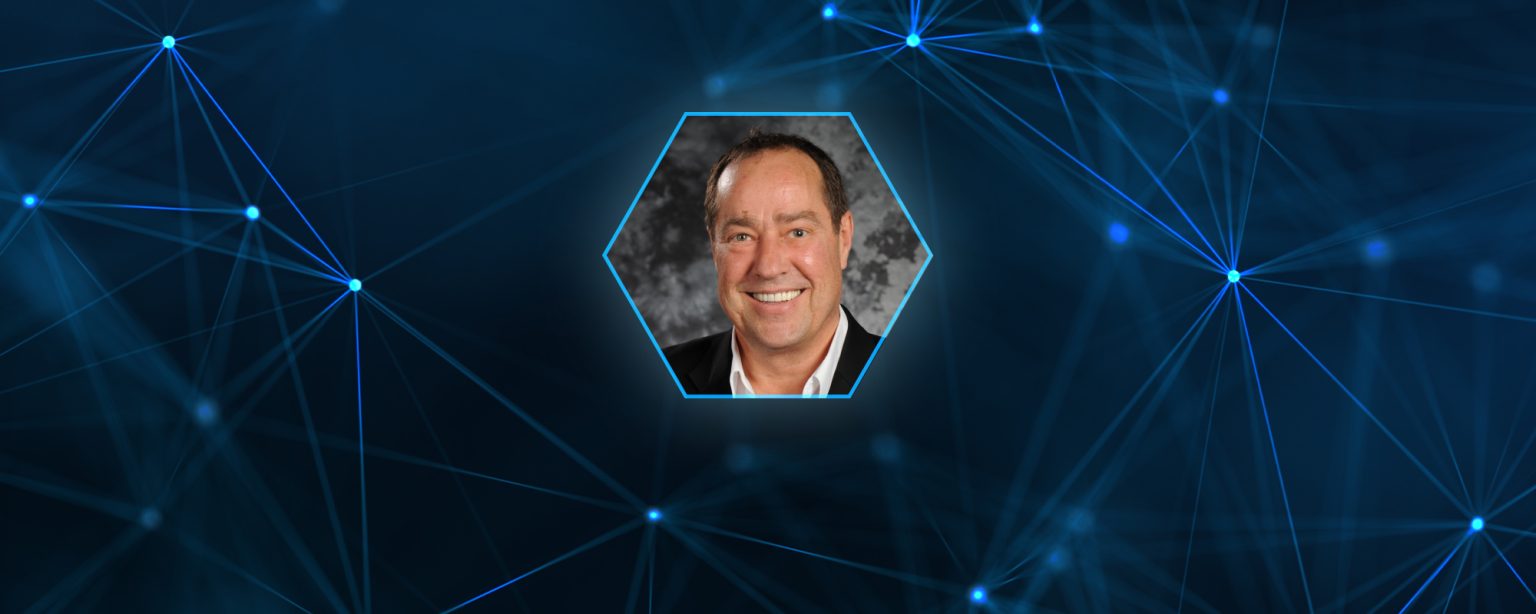For Rory Kennedy, curiosity has anchored his career. A lifelong habit of pursuing what piques his interest has now led to being named a Fellow of the American Nuclear Society.
Growing up in New York, Kennedy was drawn to colors. The shape and various hues of seashells drew him in. “I grew up on the water, so I was always fascinated by seashells and how they grew. Why are they the shapes they are in? They were very beautiful. And the colors associated with them,” he said. As a child, experiencing the thrill and color of fireworks also made him want to understand how things work.
That curiosity about colors continued when he went to college in Colorado. Kennedy was captivated by the variation in rocks and minerals around him “When I came out West to Colorado and spent more time in the mountains, there was a lot more minerology in the mountains than I saw back East,” he said. “When I saw the colors in the rocks, I was just drawn.”

He earned a bachelor’s degree at Colorado State University, took a break to fight wildland fires for the U.S. Forest Service, and then went to Northwestern University, where he earned a master’s degree in chemistry and a doctorate in inorganic chemistry. After he completed his studies, Kennedy spent seven years in Stuttgart, Germany, completing postdoctoral and research fellowships at the Max Planck Institute for Solid State Research.
Kennedy’s education and research training gave him the freedom and flexibility to follow scientific fields he found interesting.
His openness to learning about the world eventually led him to Idaho, where he intended to expand on his previous battery research work. The project didn’t develop the way he had anticipated, and he began working at Argonne National Laboratory-West, now part of Idaho National Laboratory, in 1996. Though he has been at the lab for nearly 25 years, the twists and turns of his career at INL have been less than straightforward. He found his interests as a solid-state chemist and materials scientist moving from energy storage to energy conversion and finally to energy generation.
Kennedy spent years researching nuclear fuel fabrication and characterization. He worked his way from staff chemist to national technical lead for Metallic Fuels Technologies Development. Some highlights included fabricating metallic transmutation fuels for irradiation testing in the Advanced Test Reactor “for the first time in a long time” since the shutdown of Experimental Breeder Reactor-II. He was also in charge of fabrication and characterization of metallic fuels made at INL for the FUTURIX-FTA project in the Phénix reactor in France before it was shut down. “I was very proud to be part of the team for that very successful international project,” he said.
His nuclear fuels expertise led him in 2014 to accept the position as director of Nuclear Science User Facilities (NSUF), where he works today. In that role, Kennedy’s work has expanded access to research capabilities for the nuclear community in industry, academia and national laboratories. NSUF now offers researchers access to cutting-edge nuclear capabilities at INL and 18 other institutions around the country.
This month, the American Nuclear Society announced that Kennedy has been named an ANS Fellow, the highest membership honor the organization bestows. His experience in fuels research and efforts to expand nuclear facilities access for researchers have provided significant contributions to the field. “It’s a great honor,” he said. “I look at the names who are already Fellows, and to be included in that group is just super.”
Kennedy’s open-ended curiosity led to career success, and influences the advice he gives to researchers early in their careers. “I always tell young researchers: Whatever you think you want to do, in 20 or 30 years, you might be doing something entirely different,” he said. “Don’t ever close any doors on yourself because that might be what’s interesting to you later.”
Kennedy’s curiosity might have started with seashells, but that same interest evolved to chemistry and nuclear fuels and materials. Today it continues with his hobbies. He enjoys water sports and cultivating different colors in his garden.
At the end of the day, though, he remains passionate about the ultimate outlet for his curiosity. “My passion really is science,” Kennedy said. “I just love watching science shows. I love reading science, and most importantly, I love doing science. That really is the passion.”





